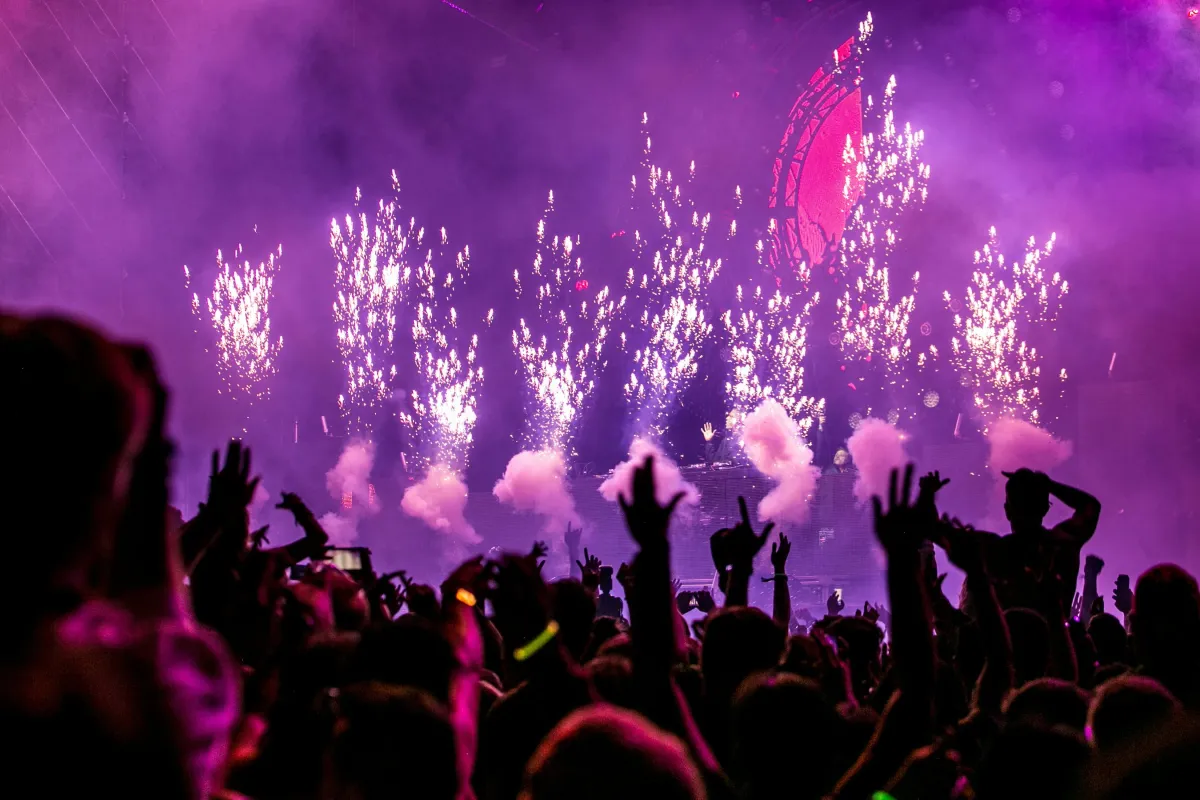
The #1 Mistake That's Killing Your Company Gala
Another year, another annual gala. The invites have gone out, the budget is approved, and the venue is booked. You’ve checked all the boxes: keynote speaker, catered dinner, maybe even a live band. The logistics are perfect.
So why does it feel like something is missing?
You’re not alone. So many corporate galas, awards nights, and holiday parties fall into the same trap. They're meticulously planned, but they feel… lifeless. Attendees are polite, but not engaged. They’re there because they have to be, not because they want to be.
The problem isn't the venue or the food. The single biggest mistake companies make when planning their annual gala is focusing on logistics over human connection.
An event's true success isn't measured by its budget or the number of RSVPs. It's measured by the shared memories, the genuine laughter, and the strengthened bonds it creates. If your event is just a series of transactions—a ticket, a meal, a speech—you’re missing the entire point.
The Problem with "Standard Operating Procedure"
Think about the traditional corporate gala. It's often a one-way street of communication. Leaders stand on a stage and deliver speeches. Awards are given out to a select few. Attendees sit at assigned tables, often with the same people they see every day, and watch the show.
This approach is safe. It’s predictable. But it's also passive. It creates an environment where employees are spectators rather than participants. The event becomes a chore, an obligation to be endured before they can get back to their real lives.
A gala should be an investment in your company's culture. It’s an opportunity to celebrate shared achievements, recognize the collective effort, and remind everyone why their work matters. When you treat it like just another line item on the annual budget, you miss out on the incredible opportunity to build a stronger, more connected team.
The Shift: From Logistics to Lived Experience
So, how do you move beyond the checklist and design an event that people will genuinely look forward to? The answer lies in shifting your focus from the "what" to the "how" and the "why."
1. Prioritize Purpose, Not Just Perfection
Could you start by defining the purpose of your event? What do you want people to feel and remember when they leave your establishment? Is it a sense of pride in their accomplishments? A feeling of belonging and camaraderie? A renewed sense of inspiration for the year ahead?
Could you let this purpose guide every decision you make? For example, if your goal is to celebrate the team's resilience, your event's theme could be "The Journey of the Phoenix," with immersive decor and interactive activities that reflect that story. The keynote speaker could be a non-profit leader who shares a powerful story of overcoming adversity, rather than a celebrity who has no connection to your company's mission.
2. Design for Participation, Not Observation
Break the "stage and audience" model. Create opportunities for people to interact, move, and connect with others outside of their immediate team.
Interactive Stations: Ditch the formal dinner and set up "experience stations" with different activities. Think a live mixology bar where attendees learn to make cocktails, a collaborative art wall, or a tech showcase where teams demonstrate their innovative projects.
The Power of Storytelling: Instead of a single, long-winded speech, create a "story-share" segment. Invite employees to submit short, powerful stories about a challenge they overcame or a moment of team triumph. Share these stories with photos and videos to make them more personal and engaging.
Gamification: Turn your awards or recognition ceremony into a game. Use a trivia format where questions are based on company milestones or team inside jokes. This gets everyone involved and turns a potentially boring segment into a fun, collaborative experience.
3. Cultivate Emotional Connections
An event that resonates on an emotional level is an event that people will never forget. You can use small, thoughtful details to show your team that you see them as individuals.
Personalized Touches: Ditch the generic welcome packets. Instead, have managers write a short, handwritten note to each team member, thanking them for a specific contribution they made during the year. Place these notes at their assigned seats.
Focus on Impact: Remind your team of the difference they make. Instead of just discussing sales figures, feature a video testimonial from a customer whose life was transformed by your product or service. This connects their daily tasks to a larger, more meaningful purpose.
Unexpected Surprises: Introduce a "wow" moment. It could be a surprise performance from a local artist, a photo booth with fun props that reflect the company's culture, or a moment where the leaders serve the team members food and drinks, reversing the usual power dynamic.
The Return on Connection
You might think that focusing on human connection is a soft skill, but it has a very real and measurable return on investment.
When your employees feel seen, valued, and connected, they become more engaged. They build stronger professional relationships, which lead to better collaboration and innovation. They develop a more profound sense of loyalty to the company, which in turn reduces turnover.
A truly successful annual gala isn't just a party; it's a powerful tool for fostering a strong culture. It’s a chance to stop focusing on the transactions of work and start focusing on the people who make it all possible.
So, the next time you're planning your annual gala, ask yourself: Are we just checking a box, or are we creating a memory? The answer will determine whether your event is forgotten by morning or talked about for years to come.
👉 Contact Melora Entertainment Group to plan your next party